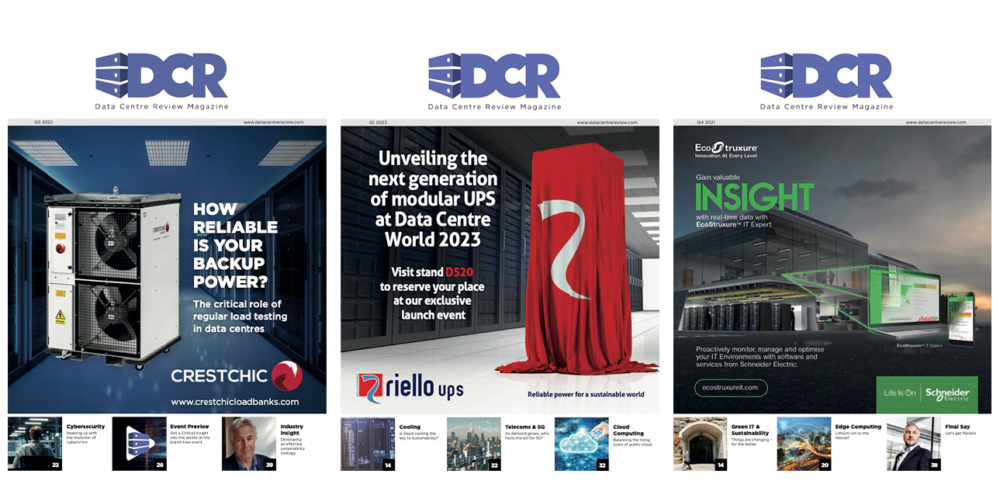Warren Aw, Chief Commercial Officer at Epsilon Telecommunications, contends that colocation with built-in redundancy and simplified multi-cloud access is the smarter way to protect revenue and customer trust.
Today more than ever, enterprises and their customers rely on uninterrupted availability of products and services, no matter the time or place. Service providers are under strain to deliver the rapid speeds and constant network uptime that modern life demands, with areas like remote working, financial transactions, cloud access and streaming services expected to work seamlessly as part of the daily lives of many end users.
For many enterprises, their business depends on this connectivity. Even a single hour of network disruption can cost an organisation more than $300,000, and the long-term damage to customer trust often exceeds any immediate financial loss.
Despite this, many organisations still rely on outdated infrastructure that cannot support the requirements of today’s end users. Legacy environments struggle with explosive data growth, the soaring demands of AI, and the complexity of distributed, cloud-first applications. At the same time, power limitations, infrastructure strain and inconsistent service levels put businesses at risk of falling behind. The gap between what service providers and enterprises need, and what their infrastructure can deliver, is widening.
While business continuity used to be more of an optional backup, it is now a vital differentiator between competitors. Colocation, together with agile, high-capacity connectivity, delivers a smarter way for businesses to secure service availability and keep customers connected, no matter the challenge. To stay ahead of their competitors, network infrastructure must be built for the future, while delivering a first-class experience for customers.
Why legacy infrastructure falls short
- Cost – Cooling, energy, staffing and maintenance strain budgets and internal resources.
- Downtime – Single points of failure and outdated equipment increase the risk of outages that harm revenue and reputation.
- Power – AI and data-intensive workloads need high-density computing, with older technology struggling to keep up.
- Providers – Managing multiple clouds, carriers and partners across outdated infrastructure slows operations and creates inefficiencies.
- Redundancy – Lack of built-in redundancy prevents organisations from maintaining the consistent uptime that customers are expecting.
- Scalability – Expanding on-premises environments to meet customer demand is a slow process, and can be a huge drain on financial resources.
These issues directly affect customer experience, preventing organisations from enabling growth and staying agile in an unpredictable market. As a result, many service providers and enterprises are searching for modern infrastructure solutions that are better suited to the evolving demands of their customers.
Colocation as a strategic enabler
Colocation is constantly evolving, with advancements at every level making it simpler than ever to keep businesses connected with confidence. Purpose-built facilities are fit with a range of next-generation technology, including robust power backup, advanced cooling and physical security, at levels that are often impossible to match in-house.
Dual-site access provides another key layer of resiliency for businesses. By placing workloads in two geographically separate but interconnected sites, businesses gain built-in redundancy. If one site fails, workloads continue running at the other location without disruption.
By adopting colocation, enterprises can shift away from resource-demanding IT investments and free their teams to focus on innovation and growth, rather than complex and time-consuming infrastructure management.
Building resilience through interconnectivity
Maximising the value of IT infrastructure investments is key to outperforming competitors in the market. With low-latency, high-capacity networking through carrier-neutral facilities, service providers and enterprises can connect directly to other clouds, carriers and partners through a single contract. This approach eliminates the inefficiency of juggling multiple provider relationships, cutting costs and streamlining operations across departments.
Colocation improves resilience and maximises uptime, while supporting the demands of real-time applications and data-heavy workloads. It provides businesses with the ability to expand globally, adapt to market opportunities as soon as they arise, and maintain consistent network performance for their customers.
Present-prepared, future-proof
For service providers, investing in robust colocation and high-performance networking is not just about upgrading infrastructure, but enabling customers and partners worldwide to thrive in today’s fast-paced digital landscape. By offering resilient and scalable connectivity, providers can differentiate their service offering, attract high-value enterprise clients, and create new revenue streams based on reliability and performance.
Colocation, in combination with an ecosystem of next-generation connectivity, allows enterprises to innovate without constraints, scale operations securely, and respond to market shifts in real time. In a world where customer expectations are constantly evolving, organisations that prioritise resilient, future-proof connectivity will build trust with end users and gain a competitive edge in the market.
Colocation is no longer a behind-the-scenes utility, it is a vital strategic enabler built to handle the data demands of the modern digital economy. For both providers and enterprises, investing in advanced connectivity and digital infrastructure resilience is essential to unlocking long-term success.



